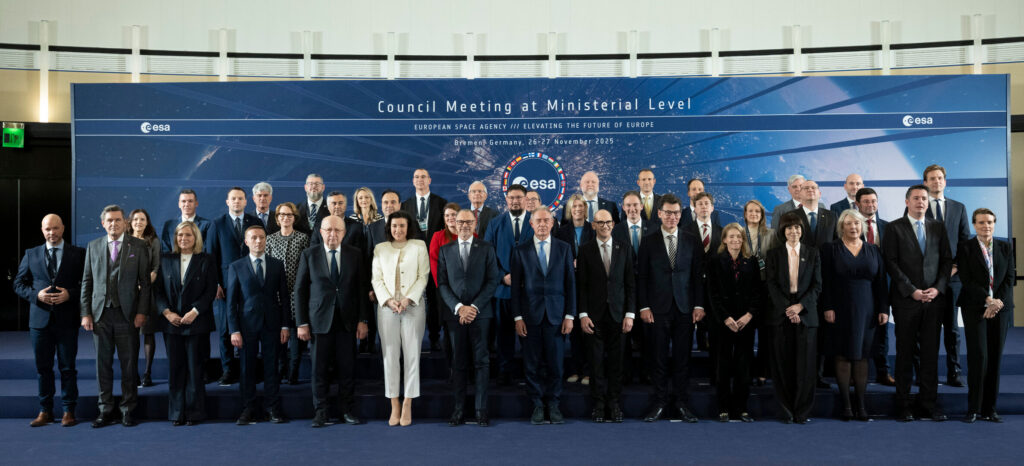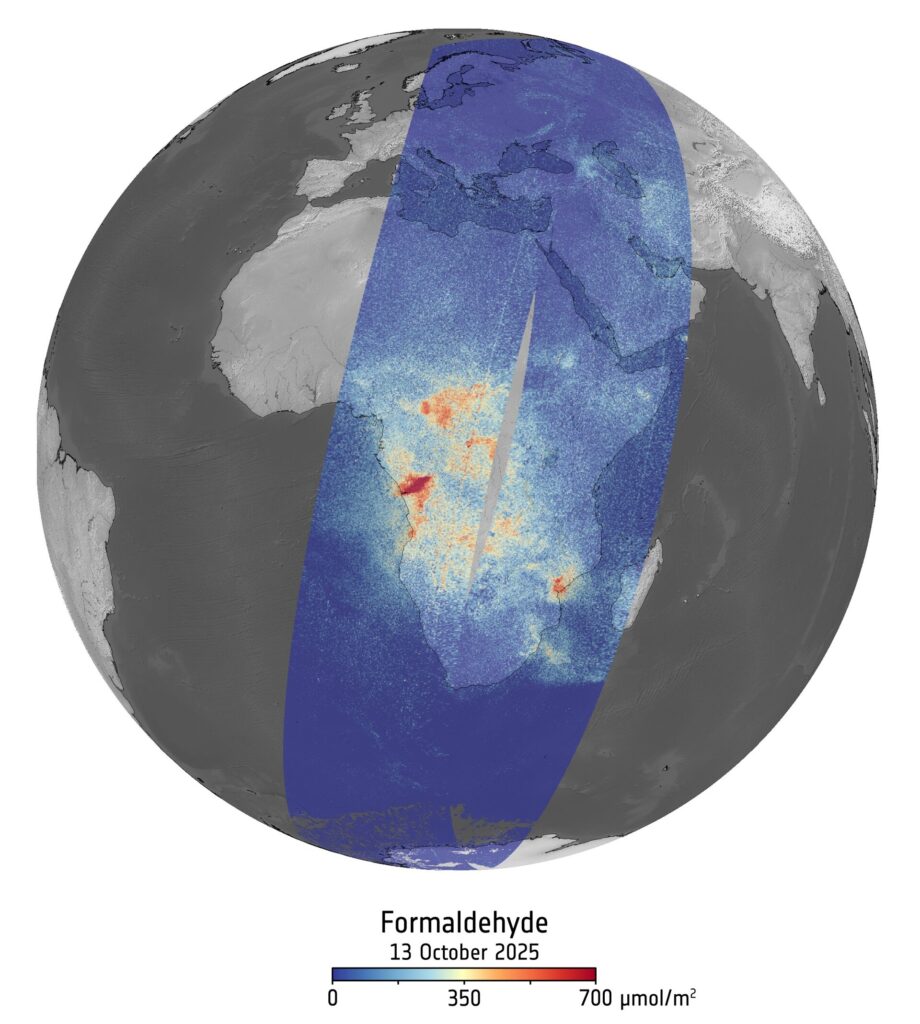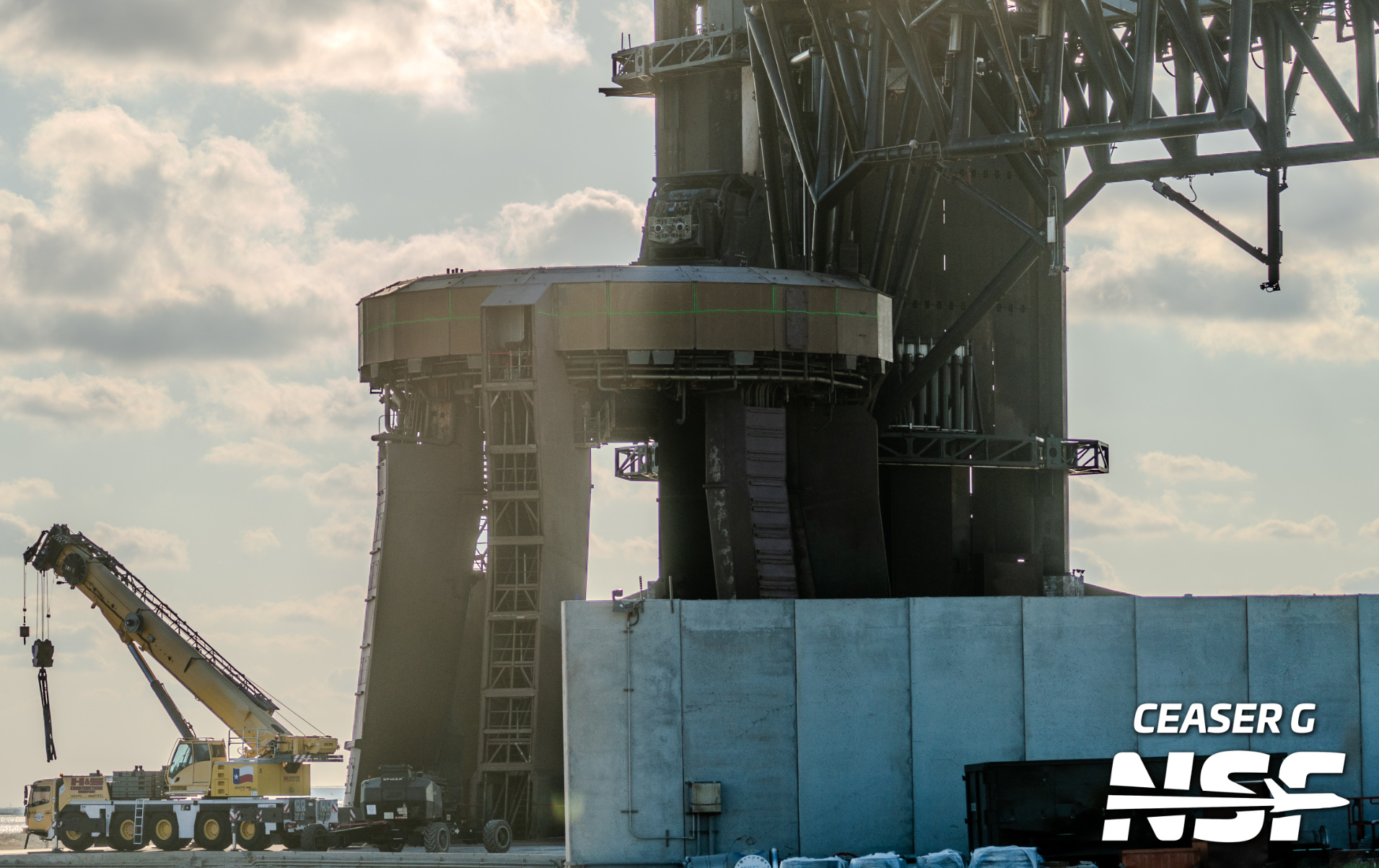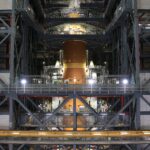Now Reading: Watch live: Sentinel-1D launch on Ariane 6
-
01
Watch live: Sentinel-1D launch on Ariane 6
Watch live: Sentinel-1D launch on Ariane 6
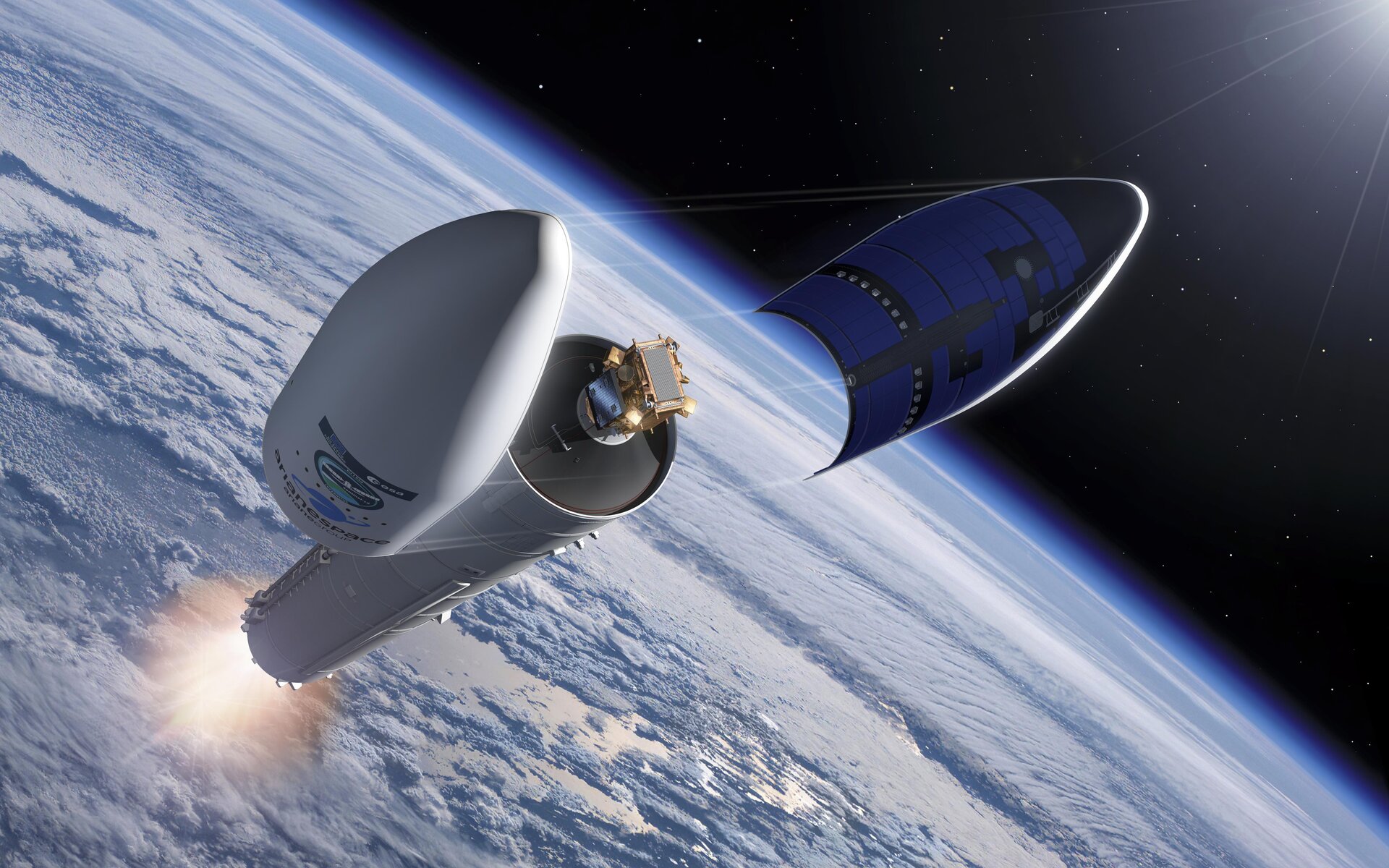

28/10/2025
340 views
9 likes
The Copernicus Sentinel-1 mission is about to get its fourth satellite, with Sentinel-1D now ready for liftoff. Launch will take place with an Ariane 6 rocket from Kourou, French Guiana and live coverage will be shown on Tuesday, 4 November, at 22:02 CET (18:02 at Kourou).
Watch live on ESA Web TV.
Follow the launch live on Tuesday, 4 November 2025 (all times in CET)
- 21:15 – Broadcast begins
- 21:35 – Streaming from Kourou
- 21:38 – Introductions, interviews and mission status updates
- 22:02 – Liftoff and live commentary
- 23:22 – Acquisition of signal
- 23:30 – Press conference
- 00:15 – End of press conference and streaming
About the Copernicus Sentinel-1 mission
The Sentinel-1 mission delivers radar images of Earth’s surface, performing in all weathers, day-and-night. This service is vital for disaster response teams, environmental agencies, maritime authorities, climate scientists – and other users who depend on frequent updates of critical data.
The mission is part of the Copernicus family of Sentinel satellites, developed by the European Space Agency (ESA). Copernicus is the Earth observation component of the European Union’s Space Programme. It supports the EU in contributing to solutions to address common global challenges.
The data provided by the Sentinel missions form the basis of the operational Copernicus information services, helping to manage the environment, monitor and react to climate change and safeguard lives. The Copernicus data policy provides full, open and free-of-charge access to data and information.
Cutting-edge technology for enhanced data
Sentinel-1D is the mission’s next satellite and is set to join its sibling, Sentinel-1C. When fully commissioned, it will substitute Sentinel-1A, which has been in orbit for 11 years, well beyond its planned lifetime.
The Sentinel-1D satellite will work in tandem with Sentinel-1C to generate timely data. Both satellites have a C-band synthetic aperture radar (SAR) instrument on board, which captures high-resolution imagery of Earth’s surface. They are also equipped with Automatic Identification System (AIS) instruments to improve detection and tracking of ships. When both are operational, more frequent AIS observations are possible. Sentinel-1D is also compatible with the Galileo navigation system, as well as other Global Navigation Satellite Systems.
About Ariane 6
Ariane 6 is Europe’s heavy launcher and a key element of ESA’s efforts to ensure autonomous access to space for Europe’s citizens. Its modular and versatile design allows it to launch missions into low-Earth orbit as well as those destined to go much further into deep space. Standing more than 60 metres tall, Ariane 6 can weigh almost 900 tonnes when launched with a full payload.
Stay Informed With the Latest & Most Important News
-
 012024 in Review: Highlights from NASA in Silicon Valley
012024 in Review: Highlights from NASA in Silicon Valley -
 02Panasonic Leica Summilux DG 15mm f/1.7 ASPH review
02Panasonic Leica Summilux DG 15mm f/1.7 ASPH review -
 03How New NASA, India Earth Satellite NISAR Will See Earth
03How New NASA, India Earth Satellite NISAR Will See Earth -
 04And Thus Begins A New Year For Life On Earth
04And Thus Begins A New Year For Life On Earth -
 05Astronomy Activation Ambassadors: A New Era
05Astronomy Activation Ambassadors: A New Era -
06SpaceX launch surge helps set new global launch record in 2024
-
 07Space Force plans new ‘Futures Command’ amid pressure to speed up modernization
07Space Force plans new ‘Futures Command’ amid pressure to speed up modernization













